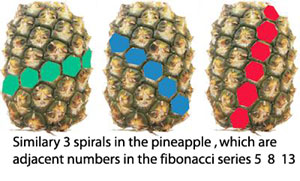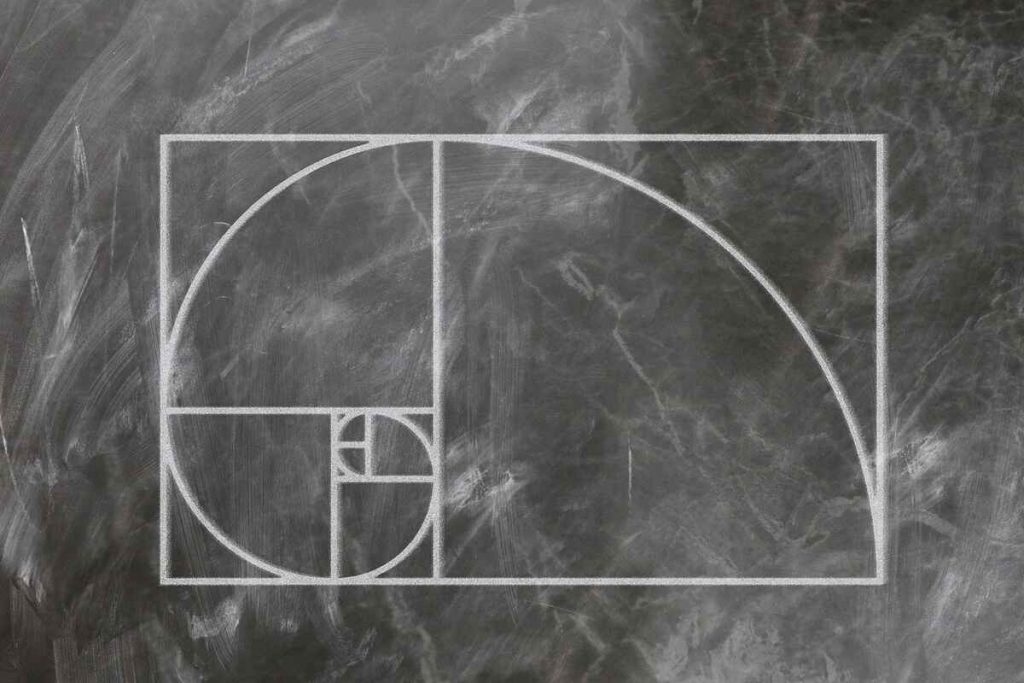The Fibonacci series, a timeless mathematical concept, has intricately woven itself into the fabric of various disciplines, leaving an indelible mark on our world. In this comprehensive exploration, we delve into the rich history and multifaceted modern-day applications of the Fibonacci series, unravelling the layers of its significance and influence.
Introduction
The Fibonacci sequence, attributed to the Italian mathematician Leonardo of Pisa, who was affectionately known as Fibonacci, is a sequence of numbers that captivates both novice and seasoned mathematicians alike. Commencing with the numbers 0 and 1, each subsequent number is the sum of its two predecessors: 0, 1, 1, 2, 3, 5, 8, 13, 21, and so on. While this sequence may appear deceptively simple, its historical journey and intricate connections to diverse fields render it a captivating subject of study.
What is the Fibonacci Series?
Definition and origin
The origin of the Fibonacci series lies in Fibonacci’s groundbreaking book “Liber Abaci,” published in 1202. Although Fibonacci is often credited with its introduction to the Western world, variations of this sequence appeared in earlier Indian mathematics and were advanced by Arabic mathematicians. This historical context sheds light on the cultural exchange and mathematical evolution of the series.
Historical significance
Beyond its mathematical elegance, the Fibonacci sequence played a pivotal role in commerce and currency exchange during the Middle Ages. Fibonacci’s work with the series facilitated streamlined bookkeeping and accounting practices, underscoring its economic importance in historical contexts.
Mathematical Properties
How the series is generated
The generation of the Fibonacci series is deceptively simple yet profoundly fascinating. Each number in the sequence is formed by adding the two preceding numbers. This recursive process results in exponential growth, illustrating the beauty of simplicity in mathematical patterns.
Fibonacci numbers and the Golden Ratio
One of the most enthralling aspects of the Fibonacci sequence is its connection to the Golden Ratio, an irrational number approximately equal to 1.61803398875. As you progress along the sequence, the ratio of consecutive Fibonacci numbers increasingly approximates the Golden Ratio. This connection has aesthetic and mathematical implications, influencing art, architecture, and nature itself.
Fibonacci in Nature
Examples of Fibonacci sequences in the natural world
The Fibonacci sequence finds an intriguing home in the natural world, manifesting in the arrangement of leaves on plants, the spirals of shells, and the branching of trees. These patterns, often referred to as “phyllotaxis,” are not only visually captivating but also offer evolutionary advantages in terms of efficiency in growth and reproduction.
The role of Fibonacci in biology
Biologists have unveiled the presence of Fibonacci patterns in the growth patterns of animal populations, the formation of pinecones, and even the structure of DNA molecules. These discoveries underscore the fundamental role of mathematics in understanding life sciences.
Fibonacci in Art and Architecture
Influence on design and aesthetics
Artists and architects have long drawn inspiration from the Fibonacci sequence, integrating its proportions and spirals into their works. This influence extends to visual harmony, proportionality, and the principles of aesthetics, shaping the very fabric of human creativity.
Famous structures incorporating Fibonacci principles
Examples such as the Parthenon in Greece and the delicate spirals found in Nautilus shells epitomize the integration of mathematics and art in architecture. These structures serve as tangible testaments to the enduring appeal of Fibonacci’s ideas.
Fibonacci in Modern Mathematics
Applications in number theory
The Fibonacci series continues to captivate mathematicians, providing essential building blocks for number theory, graph theory, and combinatorics. Its unique properties fuel ongoing research and discoveries.
Fibonacci in computer science and cryptography
Modern technology harnesses Fibonacci-inspired algorithms for tasks such as data compression and encryption. These applications showcase the series’ relevance in contemporary digital landscapes.
Fibonacci in Finance
How the series is used in financial analysis
Traders and financial analysts utilize Fibonacci retracements to predict potential price reversals in various financial markets. This technique aids in making informed investment decisions.
Fibonacci retracements in stock trading
Investors frequently employ Fibonacci levels to identify critical support and resistance zones in stock prices, contributing to market analysis and trading strategies.
Fibonacci in Popular Culture
References in literature, movies, and games
The allure of the Fibonacci sequence has transcended the boundaries of mathematics, permeating popular culture. Works of literature, movies like “The Da Vinci Code,” and video games frequently incorporate Fibonacci references, weaving its mathematical magic into storytelling.
The enduring fascination with Fibonacci

Why does the Fibonacci sequence continue to captivate our imaginations? Perhaps it’s the delicate balance between simplicity and complexity, the harmony between mathematics and the world we observe, that sustains our fascination.
Critiques and Controversies
Debates surrounding Fibonacci’s work
While Fibonacci’s contributions are celebrated, some scholars have engaged in debates over the true origin and significance of the sequence. These discussions reflect the complexity of historical attribution and mathematical heritage.
Misconceptions and myths
Common misconceptions surrounding the Fibonacci sequence, such as its role in the breeding habits of rabbits, highlight the need for accurate dissemination of mathematical knowledge.
The Future of Fibonacci
Emerging applications and research
In the digital age, scientists and mathematicians are unearthing new and exciting applications for the Fibonacci sequence. From optimizing computer algorithms to enhancing artificial intelligence, the future promises further innovation.
Potential areas of growth
As we continue to explore the mysteries of nature and mathematics, the Fibonacci series stands as a gateway to unlocking even greater discoveries. Its versatile nature hints at untapped potential in fields yet to be explored.
Conclusion
The Fibonacci series, a seemingly modest mathematical concept, has reverberated across centuries and disciplines, serving as a testament to the power of mathematics in shaping our world. From the precision of nature to the elegance of art, from financial analysis to the realms of popular culture, its influence is far-reaching and ever-enduring.
FAQs
- What is the Fibonacci sequence used for in modern mathematics?The Fibonacci sequence finds applications in various branches of modern mathematics, including number theory, graph theory, and combinatorics. Its unique properties continue to inspire mathematicians and drive research in these fields.
- How do traders use Fibonacci retracements in stock trading?Traders use Fibonacci levels to identify potential support and resistance zones in stock prices. These levels assist in making informed decisions and devising trading strategies.
- Are Fibonacci patterns genuinely prevalent in nature?Yes, Fibonacci patterns can be observed in numerous natural phenomena, from the arrangement of leaves and spirals in shells to the branching of trees. These patterns offer both aesthetic beauty and evolutionary advantages in growth and reproduction.
- What is the Golden Ratio, and how is it related to the Fibonacci sequence?The Golden Ratio, approximately equal to 1.61803398875, is closely related to the Fibonacci sequence. As you progress along the sequence, the ratio of consecutive Fibonacci numbers increasingly approximates the Golden Ratio. This connection has profound aesthetic and mathematical implications.
- Has the true origin of the Fibonacci sequence been confirmed?While there are debates and controversies surrounding its origin, Fibonacci’s introduction of the sequence in his book “Liber Abaci” in 1202 remains a pivotal moment in its history. The sequence’s true origins are complex and intertwined with mathematical history.
